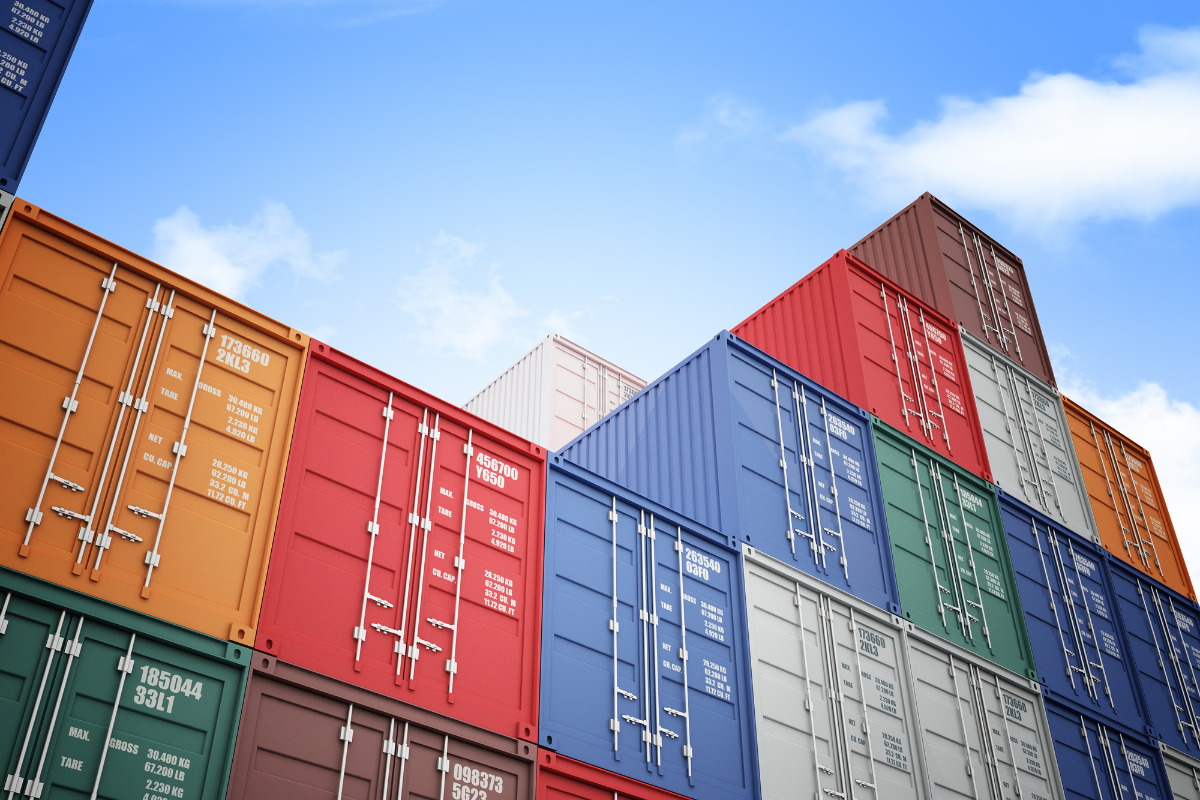Trade & tariff implications: How they affect western Canadian business and what can be done about it

Our recent article on tariff updates reported on the current state of affairs in the evolving global trade war. Since then the stock markets’ reaction has been an almost a $6-trillion retraction, with predictions of a possible global recession, significant inflation in Canada and the U.S. and increased unemployment. It remains to be seen if the U.S. Administration will capitulate in the face of these factors and the increasing response from its trading partners, including Canada’s own 25% countervailing tariff on autos.
While we can be optimistic that some resolution will occur, there are certain realities that businesses, especially those in Western Canada, must consider. These realities include the fact that a Chinese tariff of 100% affecting certain significant pork and agricultural exports as well as the U.S. tariffs of 10% on energy exports and 25% on non-CUSMA compliant goods are now effective – with the possibility that others may follow.
The indirect implications of the global trade war may even have a greater impact in Canada.
The Conference Board projects Canada’s economy to contract at an annualized pace of 5.4% in the second quarter of 2025. It projects tariffs will result in exports dropping by a third. Every aspect of business, whether it be food and ag production, manufacturing, wholesale, services or retail, will feel the effects of a recessionary trend where demand for products and services is diminished. While alternate markets for Canadian goods are being sought, the reality is that the U.S. will be, for the foreseeable future, our most significant trading partner.
All of this results in greater uncertainty and hardship for Canadian businesses. The threats to business include reduction in revenue and profit, the need to right-size work forces, addressing existing financing and debt obligations, meeting existing and future contractual obligations, and challenges to succession and expansion plans.
The bottom line: There is now a need to change the status quo, and the challenge for each western Canadian business will be to mitigate the existential risk it faces.
We are starting to see various pain points emerging for our clients, and we have begun work with them to identify their unique issues and develop a game plan and bespoke solution. In many cases, it’s understanding the impacts, planning to address them and pivoting financially and operationally. Often the need centres on procurement (how do we buy Canadian?), vendor management (including managing proposed price adjustments), contract interpretation and enforcement, addressing human resources, financial restructuring and assistance (including new Governmental programs), realignment of supply chains, M&A opportunities, litigation support and third-party resource identification.
Our lawyers, as part of your business’s leadership team, can help you plan and implement the changes necessary to address the challenges and opportunities ahead.
Canadian trade developments will likely remain fluid in the months to come. To help you remain current, MLT Aikins is pleased to offer insights on these matters. For more information about how this applies to your business, please contact one of the authors or visit our Legal Beacon resource centre. The Legal Beacon provides additional resources to address specific needs relating to trade and tariffs.
Note: This article is of a general nature only and is not exhaustive of all possible legal rights or remedies. In addition, laws may change over time and should be interpreted only in the context of particular circumstances such that these materials are not intended to be relied upon or taken as legal advice or opinion. Readers should consult a legal professional for specific advice in any particular situation.




